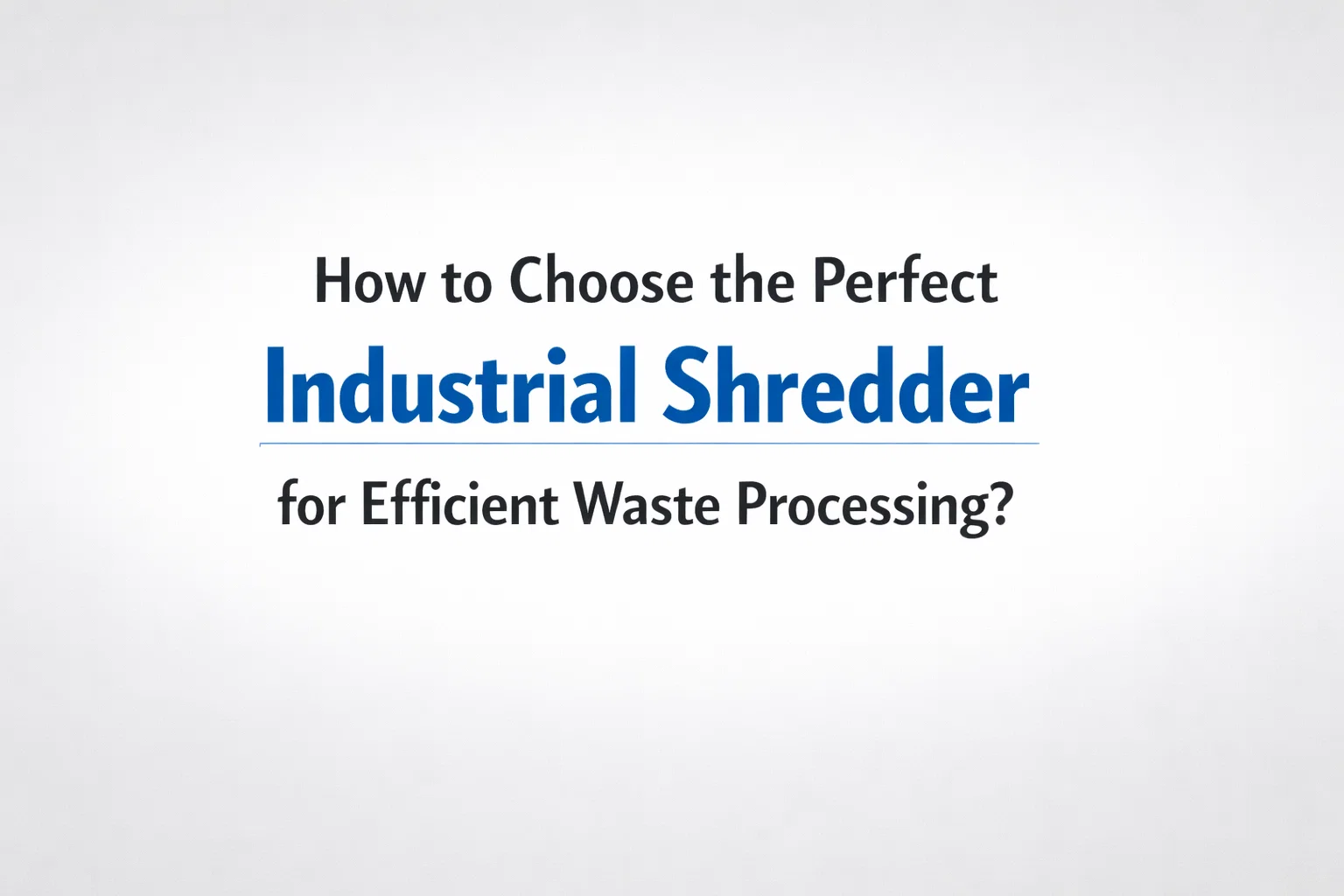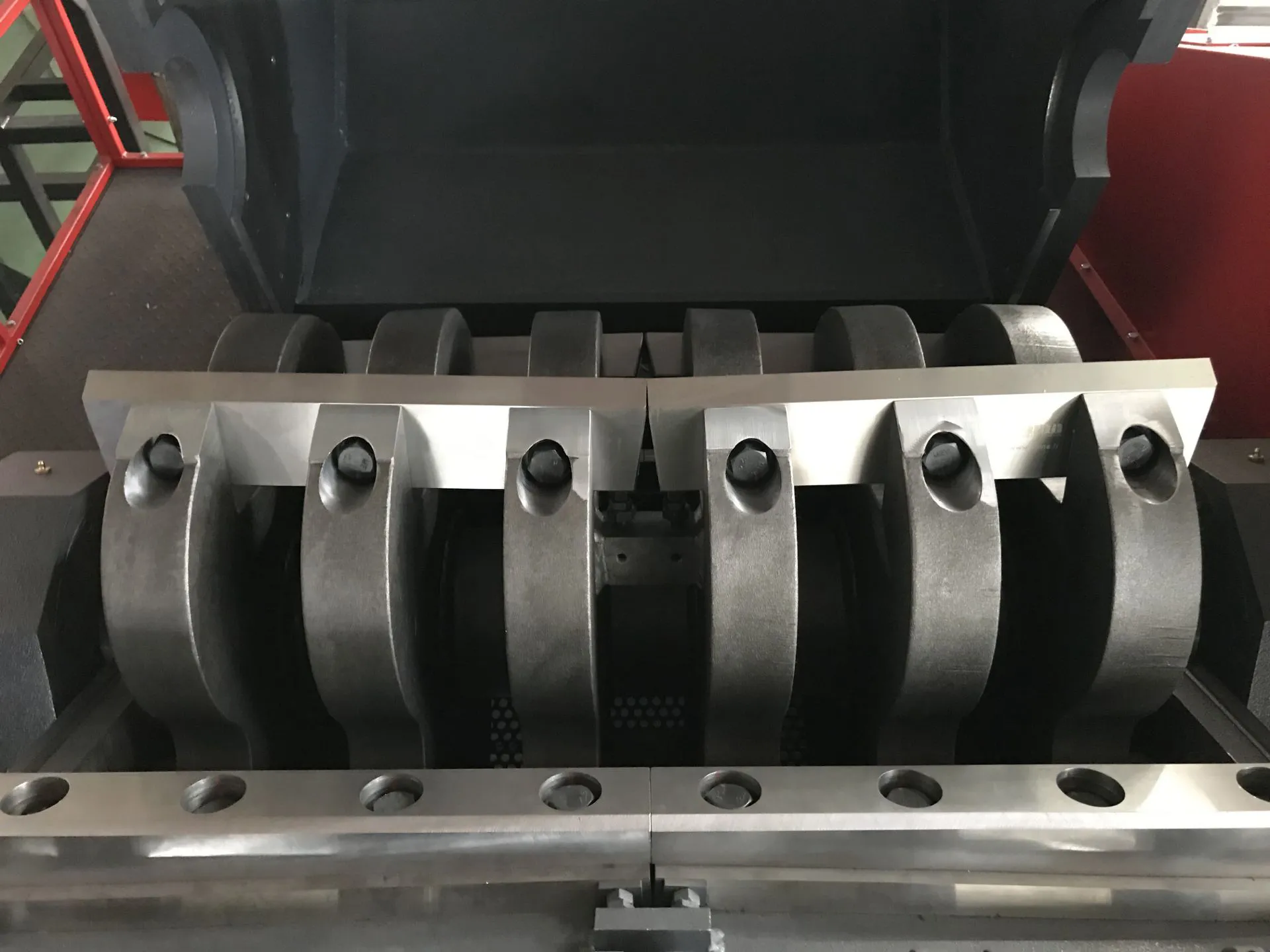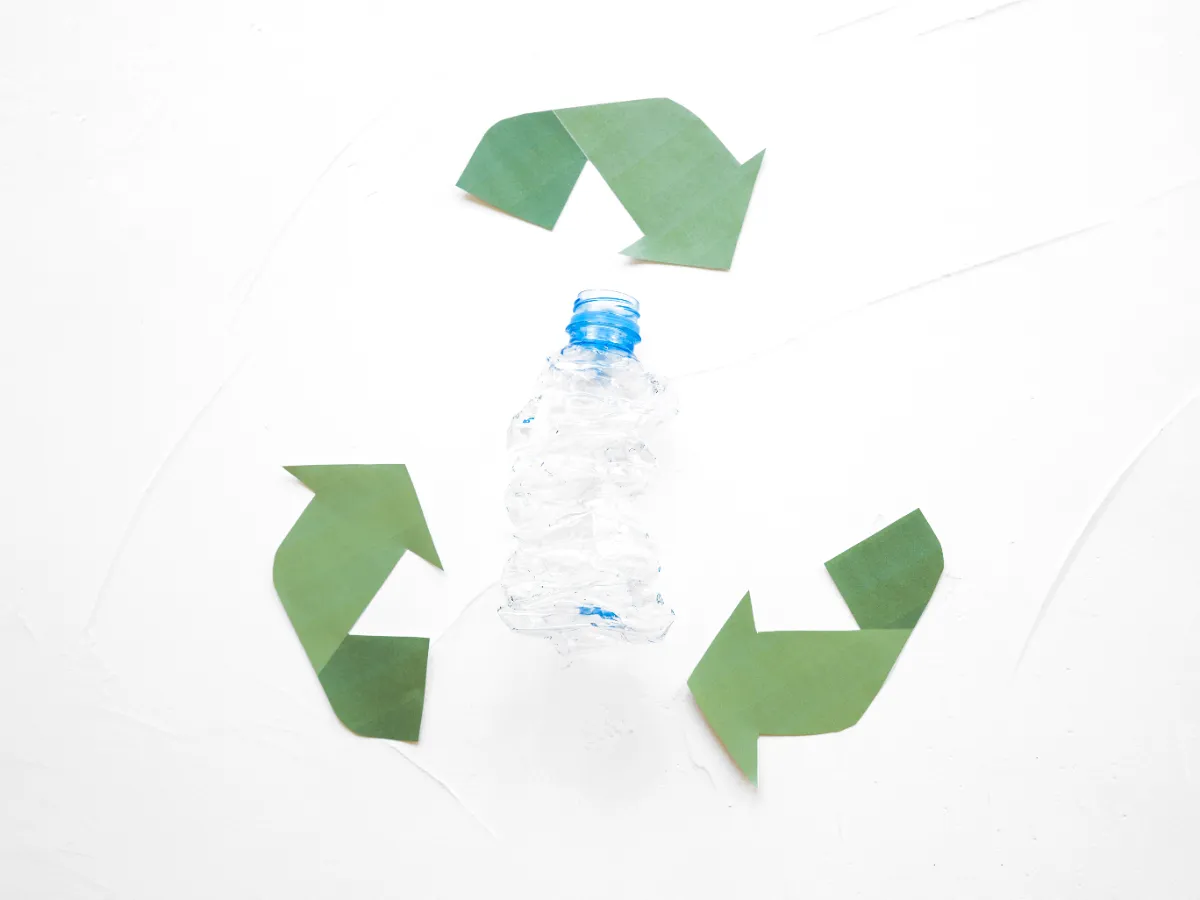Váš partner pro komplexní řešení recyklace
Inovace v oblasti životního prostředí se setkávají s vynikajícím inženýrstvím. Poskytujeme vysoce výkonné recyklační stroje, které jsou důvěřovány firmami po celém světě.
Naše misí a odbornost
Energycle dává firmám po cel světě sílu transformovat složité odpadní toky na cenné, ziskové zdroje pomocí inovativní recyklační technologie.
Specializujeme se na návrh robustních, integrovaných recyklačních linek, které jsou přesně přizpůsobeny vašim potřebám – ať už jde o zpracování tvrdých plastů, filmů, textilií, PET lahví, pneumatik nebo městského odpadu.
S desetiletími zkušeností v oblasti inženýrství nabízíme kompletní klíčové systémy, které maximalizují čistotu materiálu, efektivitu provozu a vaši marži. Jsem vaším oddaným partnerem od konceptu až po uvedení do provozu.
Klíčové kompetence
- Návrh a integrace na míru
- Pokročilá technologie mytí a oddělování
- Vysokorychlostní šrotovací a drcovací technologie
- Rozmanité systémy pelletingu a granulování
- Kompletní sortiment pomocného podpůrného vybavení
Komplexní portfolium produktů
Od samostatného zařízení po kompletní klíčové systémy navrhujeme řešení pro každou recyklační výzvu – bez ohledu na materiál nebo rozsah.
Plná škála podpory
Snažíme se o úspěch ve vašem recyklačním projektu na každém kroku.
Komplexní služby
Plná škála podpory od prvotní konzultace až po konečnou instalaci a dále.
Oddaní profesionálové
Pracujeme pro udržitelnou budoucnost, aby každý projekt splňoval nejvyšší standardy.
Odborní inženýři
Zkušení inženýři přinášejí do každého řešení roky zkušeností a přesnosti.
Podpora 24/7
Jsme tu pro vás nepřetržitě, abychom zajistili hladký a efektivní provoz.
Pokrok v budoucnosti recyklace plastů
Poskytujeme širokou škálu služeb, včetně prvotního návrhu, výroby a komplexní poprodejní podpory, abychom zajistili váš úspěch.
Připraveni transformovat vaši recyklační operaci?
Ať už potřebujete jednotlivý stroj nebo kompletní zpracovatelskou linku, náš inženýrský tým je připraven navrhnout přizpůsobené řešení, které maximalizuje vaši efektivitu a ziskovost.
Získejte svou přizpůsobenou nabídku




